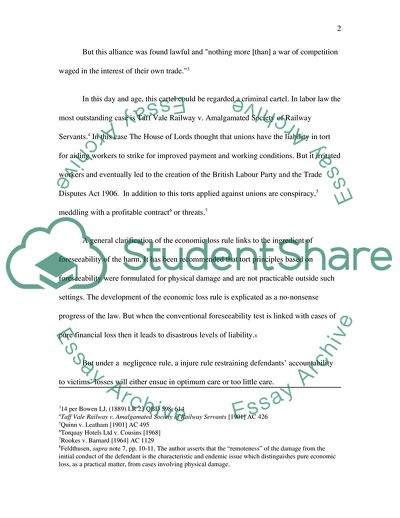Cite this document
(Law Governing Tortuous Liability for Negligently Inflicted Pure Econom Assignment - 4, n.d.)
Law Governing Tortuous Liability for Negligently Inflicted Pure Econom Assignment - 4. Retrieved from https://studentshare.org/law/1726603-tort-law
Law Governing Tortuous Liability for Negligently Inflicted Pure Econom Assignment - 4. Retrieved from https://studentshare.org/law/1726603-tort-law
(Law Governing Tortuous Liability for Negligently Inflicted Pure Econom Assignment - 4)
Law Governing Tortuous Liability for Negligently Inflicted Pure Econom Assignment - 4. https://studentshare.org/law/1726603-tort-law.
Law Governing Tortuous Liability for Negligently Inflicted Pure Econom Assignment - 4. https://studentshare.org/law/1726603-tort-law.
“Law Governing Tortuous Liability for Negligently Inflicted Pure Econom Assignment - 4”. https://studentshare.org/law/1726603-tort-law.


